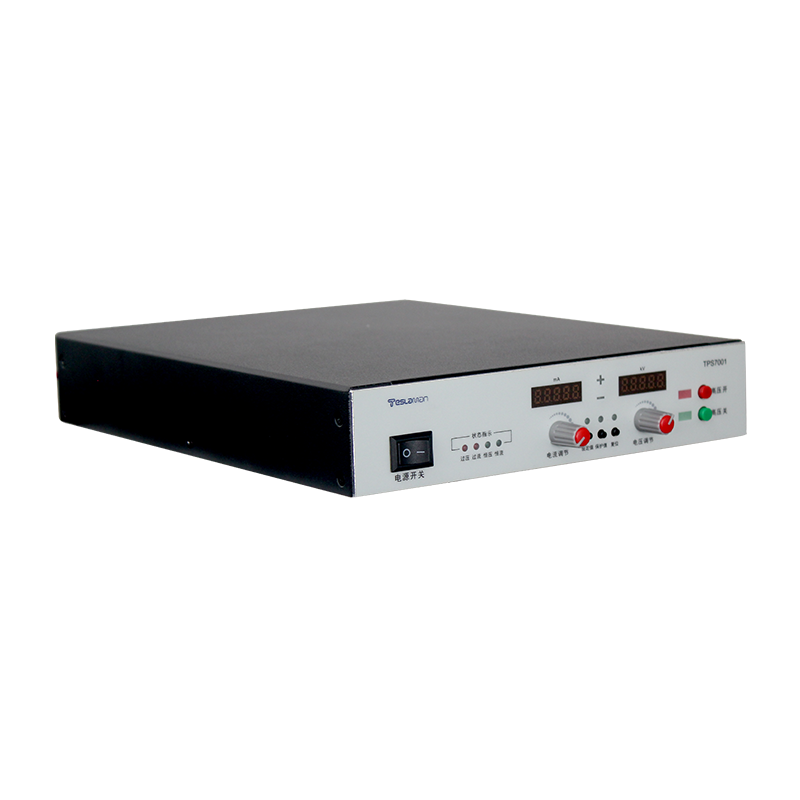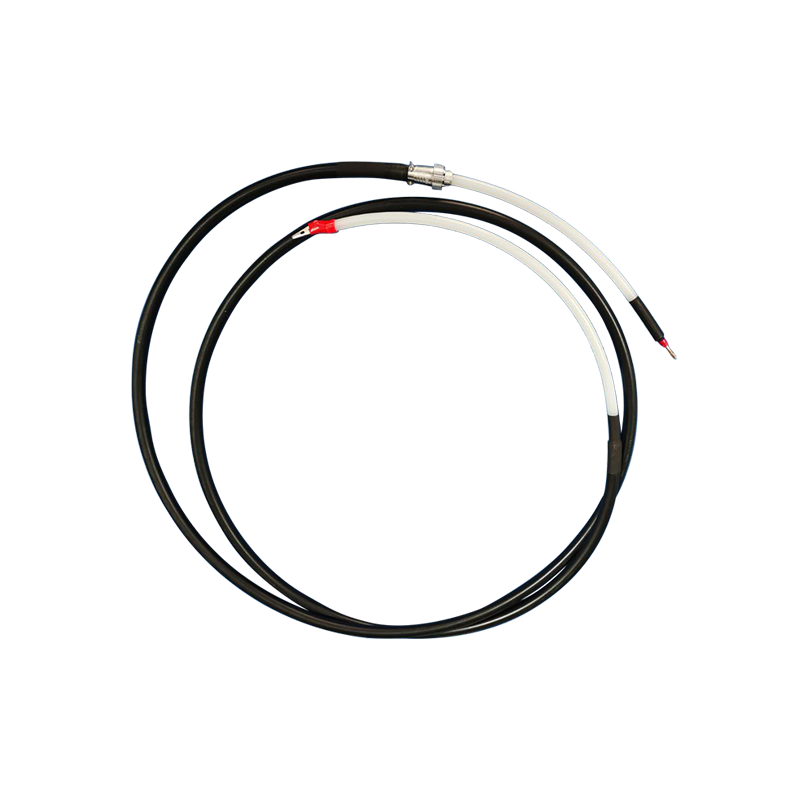Upgrading Safety Protection of Radiation Therapy Power Supplies: Technological Innovations and Clinical Security
Radiation therapy equipment, as the core device for precision cancer treatment, relies heavily on the safety and reliability of its high-voltage power supply system, which directly impacts patient safety and treatment efficacy. With the advancement of radiation therapy toward high-precision and high-dose-rate techniques, the security framework for power supplies demands comprehensive upgrades.
I. Escalating Safety Risks: From Power Interruptions to Electromagnetic Interference
1. Power Continuity Risks
Radiation therapy devices (e.g., linear accelerators, proton therapy systems) are highly sensitive to power interruptions. Instantaneous outages may cause loss of treatment parameters, mechanical arm malfunctions, or abnormal radiation dosing. Studies indicate that over 45% of power-related equipment failures interrupt patient treatment, particularly during critical procedures like contrast agent injections.
2. Power Quality Hazards
Voltage fluctuations and harmonic interference directly affect the stability of high-voltage power outputs. For instance, X-ray tubes require a constant high-voltage field (typically tens of kilovolts); voltage deviations exceeding ±1% can compromise image quality or dose accuracy. Additionally, electromagnetic interference (EMI) from high-frequency devices (e.g., RF surgical units) may disrupt control systems via power conduction.
II. Technological Upgrades: Multi-Dimensional Defense Systems
1. Multi-Level Power Backup Architecture
Dual-Circuit + UPS Redundancy: Dual-grid inputs with diesel generator backups enable seamless power switching. UPS systems must provide ≥45 minutes of runtime with <5% waveform distortion to prevent sensitive equipment failure.
Medical Isolation Transformers: Front-end isolation transformers suppress common-mode noise and enhance insulation, complying with IEC60601-1 standards for patient-contact devices (leakage current <100μA).
2. Integrated Electromagnetic Security
Triple EMC Design: Power supplies must meet IEC61000-4 series certifications, including 3kV electrostatic discharge (ESD), 3V/m RF radiation, and 1kV electrical fast transient (EFT) immunity.
Magnetic Shielding Technology: Permalloy shields and multi-layer PCB layouts limit radiation emissions within EN55011 Class B limits (10dB stricter than Class A), preventing interference with other medical devices.
3. Intelligent Monitoring and Fault Protection
Real-Time Parameter Tracking: Digital signal processors (DSP) dynamically monitor output voltage, current ripple (<0.5%), and temperature drift, triggering immediate shutdown if anomalies occur.
Self-Healing via Fault Simulation: Software-simulated short-circuit, overcurrent, and overvoltage modules ensure protection circuit response times <10ms, minimizing hardware damage.
III. Enhanced Quality Assurance: From Verification to Operations
1. Reliability Validation System
Environmental Stress Testing: 720-hour aging tests under -40°C to 70°C and 95% humidity validate all-scenario stability.
Load Transient Testing: Simulated 0%–100% step load changes require output recovery within ≤200μs, meeting pulsed power demands for intensity-modulated radiotherapy (IMRT).
2. Full Lifecycle Management
Security logs include daily self-checks, quarterly maintenance (e.g., capacitor ESR testing), and annual dielectric strength tests (≥4kV).
IV. Future Trends: Synergizing Safety and Efficiency
Next-generation radiation therapy power supplies will adopt wide-bandgap semiconductors (e.g., SiC) to boost conversion efficiency (>95%) and reduce thermal loss. AI algorithms will predict failure nodes, achieving zero-downtime protection.
Conclusion
Upgrading the safety protection of radiation therapy power supplies signifies a shift from simple backup solutions to an integrated framework encompassing power quality–EMC–intelligent operations. Only through comprehensive multi-layered defenses can we fortify the foundation of precision radiation therapy.




















